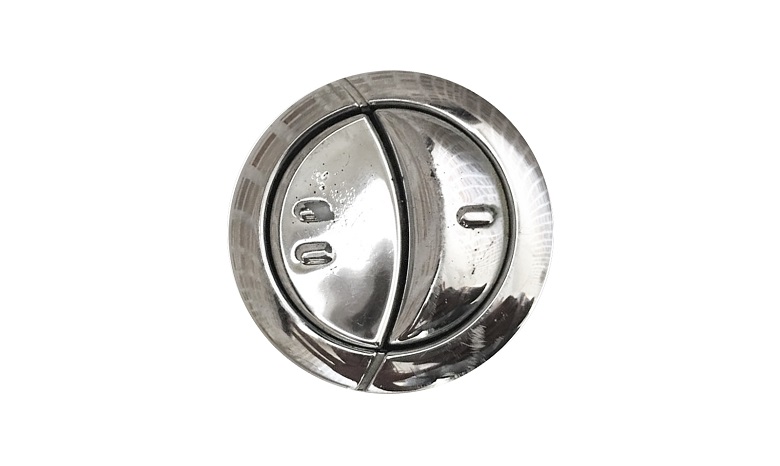Big flush or little flush?
Tuesday 19th November 2019 12:00

On World Toilet Day, Thames Water is setting the record straight on which button to press on dual flush loos.
A social media poll by Britain’s biggest water company this year named ‘Big Flush, Little Flush’ revealed widespread confusion, with more than three quarters of people getting one toilet’s flush function the wrong way round.
With this particular design, users assumed pressing the button once and releasing straight away was the shorter flush option, while in fact holding the button in for a few seconds used less water. Another question saw more than half wrongly assume the smaller button of two was the shorter flush.
Andrew Tucker, Thames Water’s water efficiency manager said: “There are so many different types of toilet out there that it’s no surprise people don’t know which button to press. In many cases, what seems to be the obvious option for a shorter flush actually uses the most water. A big flush typically uses six litres of water whereas a little flush is only half that so it’s important we all know which is which to help keep the amount of water we’re using to a minimum.
“Every drop we supply comes from rivers, streams and the underground aquifers that help maintain healthy levels in waterways and taking too much can have a detrimental impact on them. Water just isn’t the infinite resource many people assume it is.”
The company also estimates there are around 175,000 household leaky loos in its patch, which can each waste up to 400 litres of water a day – the equivalent to five full bath tubs – and modern dual flush toilets, while a good way to save water, are the biggest culprits.
Andrew added: “When you have a leaky loo, the water just dribbles away down into the pan so often goes unnoticed apart maybe a small ripple in the bottom of the loo, but they can waste huge volumes of water. For those on a water meter, it’s literally money down the drain. When we visit customers’ homes to support them in reducing their water use, it’s easily the most common problem we find but luckily the easiest to fix. Modern push-button toilets are the worst for leaks and we’re in talks with manufacturers to understand how they can be made to not leak.”
If you can hear a flow of water when the toilet hasn’t been flushed or can see a slight but constant trickle at the back of the toilet pan, you may have a leaky loo.
Here's how to test if your loo is leaking:
- Wait until 30 minutes after the last flush then wipe the back of the pan dry with toilet tissue.
- Place a new, dry sheet of toilet tissue across the back of the pan. Leave it in place for up to three hours without using the toilet (it might be best to do this overnight).
- If the paper is wet or torn in the morning, you know you have a leaky loo.
An estimated extra 2.1 million people are expected to move into the Thames Water region over the next 25 years and its predicted that this, combined with climate change, will result in a shortfall of 350 million litres of water a day between the amount available and the amount needed by 2045 if no action is taken. By 2100, this is predicted to increase to 650 million litres a day. Thames Water is tackling this issue by fixing more leaks than ever on its pipe network, installing water meters for its customers and planning ahead for the provision of water for the next 85 years.
It’s current plan, which is being considered by the government, includes a proposal for a new reservoir in Oxfordshire along with the possible transfer of water from other parts of the country where it is more abundant.
National water conservation charity Waterwise is also working to raise awareness of leaky loos and recently issued a National statement on the subject.
